Transforming your living space into a vibrant indoor urban jungle brings an unparalleled sense of joy and tranquility. There’s a profound satisfaction in cultivating your own fresh herbs right at home, especially when you can pluck them directly from your patio or kitchen sill to elevate your daily cooking. Imagine the rich aroma of basil, the zesty kick of cilantro, or the refreshing coolness of mint, all grown by your own hands. An indoor herb garden is more than just a collection of plants; it’s an invitation to bring a slice of the serene countryside into your home, without the hassle of mud, pests, or unpredictable weather.
My own journey into the rewarding world of gardening began over two decades ago, fueled by a growing passion for homesteading and cultivating lush outdoor gardens. This path eventually led me to discover the fascinating realm of hydroponics. The concept of nurturing plants in nutrient-rich water solutions, entirely without soil, within a clean and meticulously controlled environment, immediately captivated me. It felt like a natural progression, aligning perfectly with my desire for efficiency and healthy growth. Through dedicated experimentation with various hydroponic systems, I’ve uncovered some of the most effective techniques for growing thriving, robust, and flavorful plants.
Whether you’re a seasoned gardener or just starting your green-thumb adventure, these top 10 expert tips will guide you in establishing your very own flourishing indoor herb garden. Prepare to infuse your kitchen with fresh, aromatic produce and experience the simple pleasure of homegrown goodness.

1. Choose Your Culinary Herb Cohort
The crucial first step to becoming a successful indoor herb grower is to carefully select the star players for your green sanctuary. The best indoor herbs are those that are not only easy to grow but also frequently used in your culinary endeavors. Popular choices for indoor kitchen gardens include versatile basil, invigorating mint, delicate parsley, pungent cilantro, zesty chives, aromatic oregano, and earthy thyme. Each of these herbs offers unique flavors and benefits. When assembling your “cooking dream team,” consider their growth habits, light requirements, and how often you’ll use them. Opting for a variety allows you to experiment with different cuisines and ensures a constant supply of fresh flavors right at your fingertips. Researching a little about each herb’s specific needs before you buy will set you up for success and make the entire process much more enjoyable.
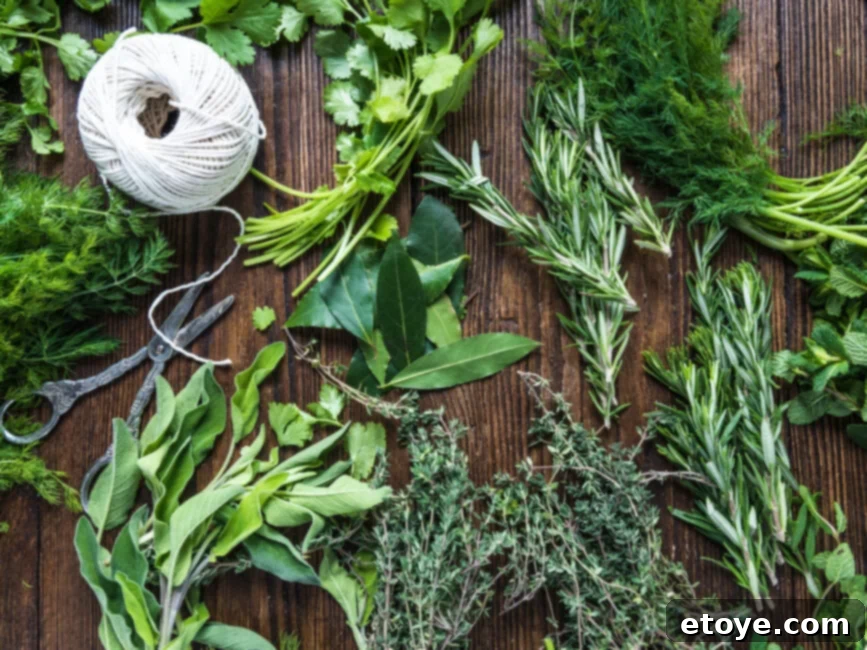
2. Select the Ideal Growing Containers
Just like any living creature, your herb plants need the right home to thrive. Pots are essentially miniature ecosystems where your chosen herbs will grow, flourish, and produce their aromatic leaves. To safeguard against common issues like root rot and ensure proper aeration, it is absolutely essential to choose pots equipped with adequate drainage holes at the bottom. The material of your pots also plays a significant role. Terracotta pots, for instance, are highly breathable, allowing excess moisture to evaporate quickly, which is ideal for herbs that prefer drier conditions. Plastic pots, on the other hand, retain moisture longer and offer better insulation, often suitable for herbs that enjoy consistently moist soil. Consider the mature size of each herb’s root ball; some will require larger containers to accommodate their growth, while others are content in smaller pots. Matching the pot to the individual needs of each herb is a foundational step for optimal health and vigor.

3. Invest in a Premium Potting Mix
For your indoor herb garden, always bypass regular garden soil in favor of a high-quality, specialized potting mix. Garden soil can be too dense, heavy, and potentially introduce pests or diseases indoors, which is why it’s unsuitable for container gardening. A premium potting mix is specifically formulated to provide the ideal environment for container-grown plants. Look for a well-draining blend that offers excellent aeration, preventing waterlogging while retaining just enough moisture and essential nutrients. This balanced foundation is crucial for supporting both fast-growing annual herbs and slower-growing perennial varieties, ensuring they receive the proper balance of hydration and sustenance. A superior potting mix is truly the cornerstone of healthy root development and robust growth for all your indoor plants, setting the stage for a bountiful harvest.
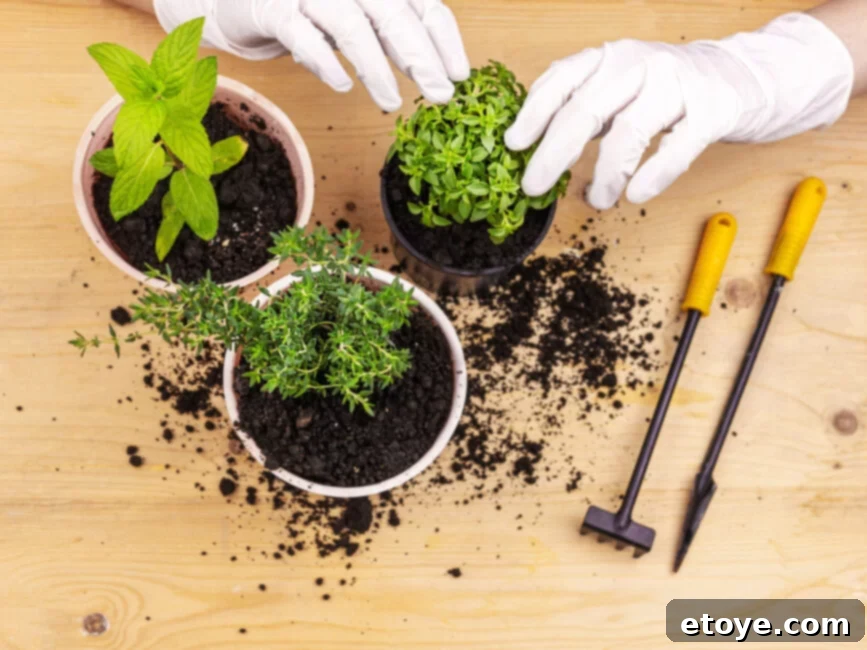
4. Ensure Optimal Lighting Conditions
Light is arguably the most critical factor for the success of your indoor kitchen herb garden. Without adequate light, plants will stretch and become “leggy,” producing long, weak stems with sparse leaves, rather than the lush, bushy growth you desire. To provide your herb plants with sufficient natural light, a sunny south-facing window is often the best location, offering prolonged periods of direct sunlight throughout the day. Rotate your plants periodically to ensure all sides receive equal light exposure. However, if your home lacks ample natural light, or during the shorter, darker days of winter, an LED grow light becomes an indispensable tool. Modern LED grow lights are energy-efficient, emit the full spectrum of light necessary for photosynthesis, and can be placed virtually anywhere, ensuring your herbs have consistent access to the light they need to flourish, regardless of outdoor conditions.
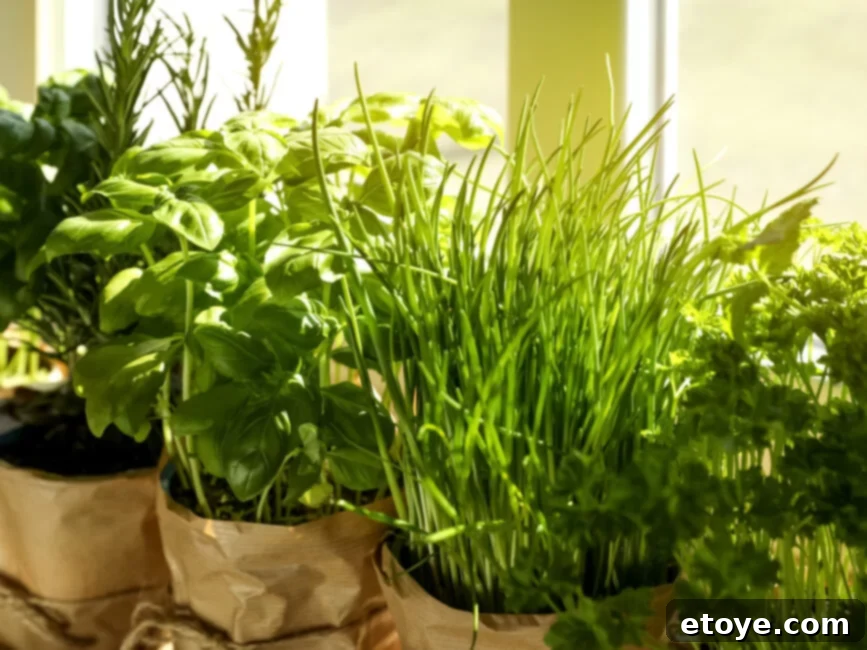
5. Plant with Precision: Seeds or Seedlings?
When starting your indoor herb garden, you have two primary options: planting from seeds or using young plants (seedlings). While growing from herb seeds can be incredibly rewarding, the germination process can be challenging and requires patience and a bit of mastery. For beginners, starting with young plants is often much easier and yields quicker results, boosting confidence in your gardening journey. Whichever method you choose, it’s crucial to provide adequate space for each plant. Overcrowding leads to fierce competition for vital nutrients, water, and light, stunting growth and potentially leading to an “all-out brawl” among your herbs. The best practice is to use separate pots for different herb types. This not only prevents nutrient competition but also allows you to tailor watering schedules and specific care routines to each plant’s individual growth habits, ensuring every herb receives exactly what it needs to thrive.
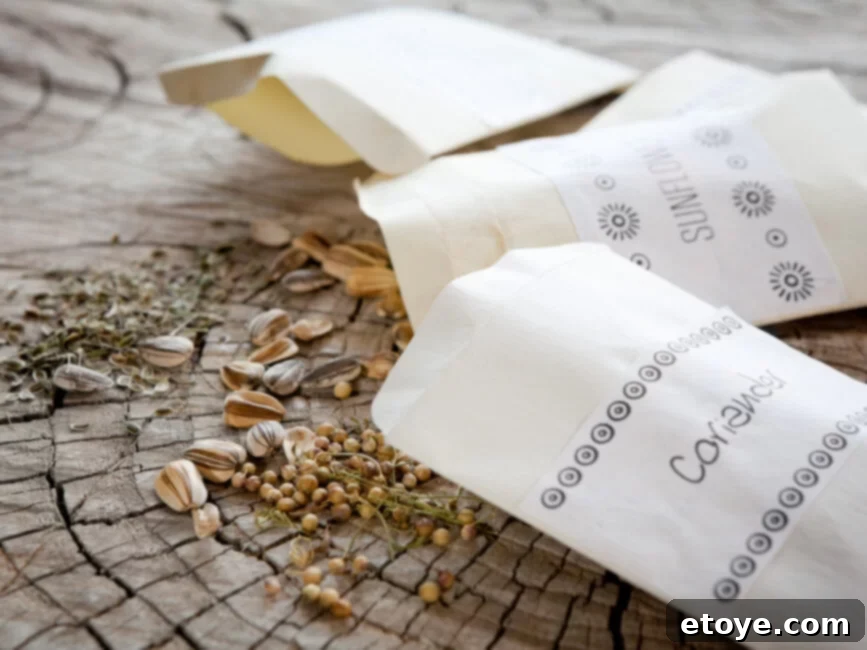
6. Master the Art of Watering
Watering your indoor herbs is a delicate balancing act; too much or too little can be detrimental. Overwatering is a common mistake that drowns roots, leading to root rot and ultimately killing your plants. Conversely, consistently thirsty plants will wilt, stress, and eventually perish. The goal is to maintain moist but not waterlogged soil. My personal, foolproof method involves checking my plants twice a week – typically Wednesdays and Sundays – using the simple “finger test.” Insert your finger into the soil up to your first knuckle. If the soil feels moist, hold off on watering until your next scheduled check. If it feels dry, it’s time to water thoroughly until you see water draining from the bottom. This straightforward technique ensures your herbs receive consistent hydration without succumbing to the dangers of improper watering, promoting strong and healthy growth.
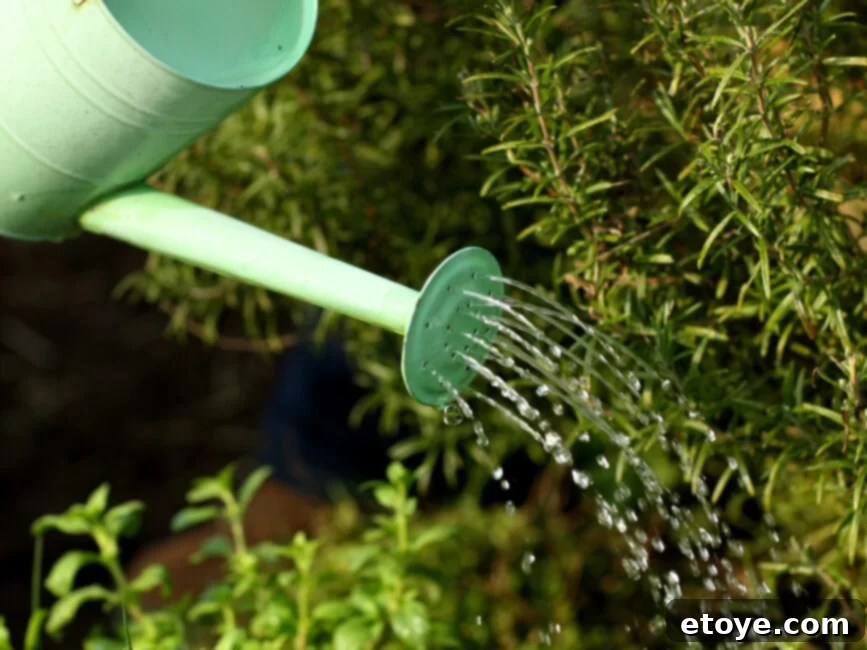
7. Fertilize with Care and Precision
Unlike some heavy feeders, most herbs are not particularly demanding when it comes to fertilization. They generally require minimal nutrients to grow well, and over-fertilizing can lead to an undesirable, “weird” taste in their leaves. It’s crucial to understand the distinct needs of different herb types. Slow-growing perennial herbs with smaller leaves, woody stems, or needle-like foliage, such as rosemary, thyme, oregano, bay laurel, mint, and sage, need much less fertilizer. In contrast, faster-growing annual and biannual herbs with larger, softer leaves, like basil, cilantro, dill, and parsley, might benefit from slightly more frequent, gentle feeding. If you choose to fertilize, always opt for a gentle dose of an organic plant food or a half-strength liquid fertilizer. This approach encourages robust new growth without overwhelming your plants, preserving their natural flavor and vitality.
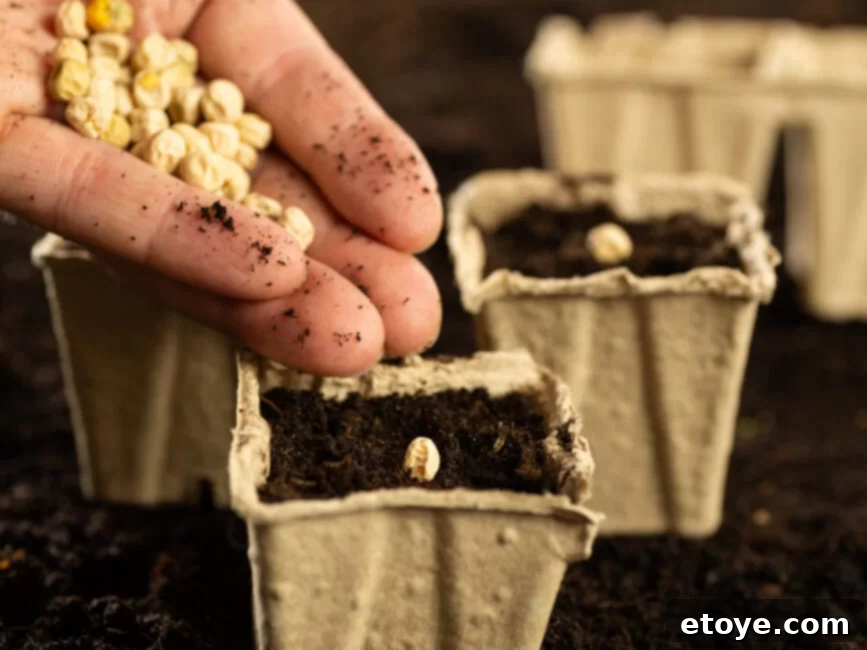
8. Embrace the Power of Pruning
Pruning is much more than just a cosmetic exercise for your herb garden; it’s a vital practice that actively encourages bushier, healthier, and more productive growth. Regularly harvesting new leaves is essential not only for enjoying your fresh herbs but also for stimulating new growth from the base of the plant. When you prune, aim to cut just above a leaf node (the point where leaves or branches emerge from the main stem). This signals the plant to produce two new stems from that point, leading to a denser, more rounded appearance rather than a tall, leggy stalk. Consistent pruning prevents your plants from becoming sparse and spindly, ensuring a continuous supply of tender leaves. It is truly the key to cultivating a lush, full, and vibrant herb garden that yields abundantly.

9. Implement Proactive Pest Control
Even the most meticulously cared-for indoor gardens can, at times, attract unwelcome guests. Common indoor herb pests like thrips, mealy bugs, aphids, and spider mites can quickly become the bane of an indoor gardener’s existence. That’s why maintaining a vigilant eye is paramount. Regularly inspect the stems and the undersides of leaves, which are prime hiding spots for these tiny invaders. Learning to recognize the early signs and symptoms of pest presence, such as sticky residue (honeydew), tiny webs, or distorted growth, will help you diagnose issues, especially with harder-to-spot pests like spider mites. Crucially, since you intend to consume these herbs, it’s vital to utilize natural and organic pest deterrents. Harsh chemical pesticides can be absorbed by your plants and pose health risks in the long run. Instead, opt for safer alternatives like neem oil sprays, insecticidal soaps, or sticky traps to protect your edible garden.
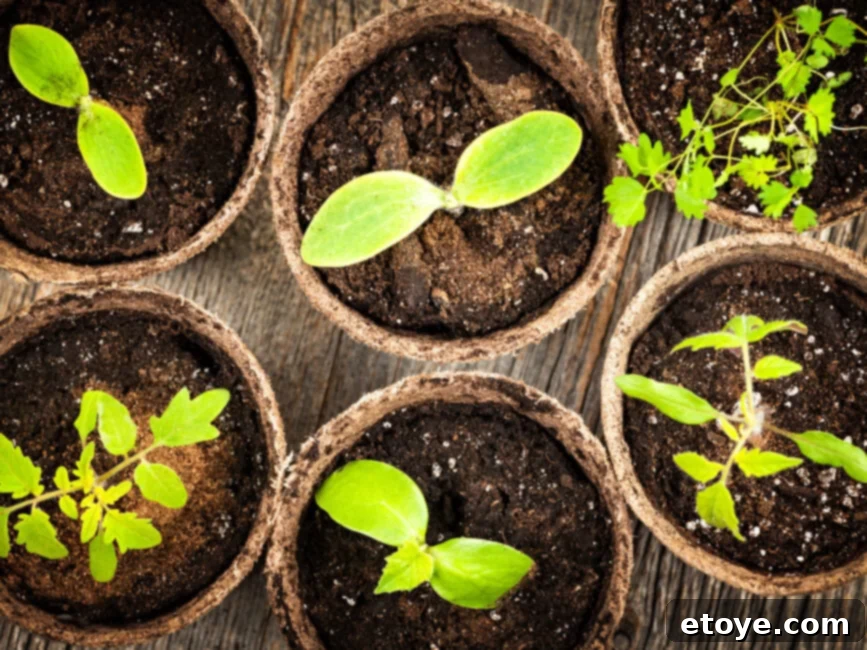
10. Ensure Ample Air Circulation
Good air circulation is an often-overlooked yet critical factor for the health of your indoor herb garden. Stagnant air creates a breeding ground for various fungal diseases, such as powdery mildew, which can quickly spread and damage your plants. You can promote healthy air movement by ensuring there’s adequate space between pots, allowing air to circulate freely around each plant. If your indoor space is particularly still, a small oscillating fan set on a low setting can work wonders, mimicking a gentle breeze and strengthening plant stems as they sway. However, it’s essential to keep your plants away from direct blasts of inorganic airflow from heaters or air conditioner vents. These can rapidly dry out the soil and foliage, causing significant stress and harm to your delicate herbs. Strategic placement and thoughtful ventilation will contribute significantly to a thriving, disease-free garden.
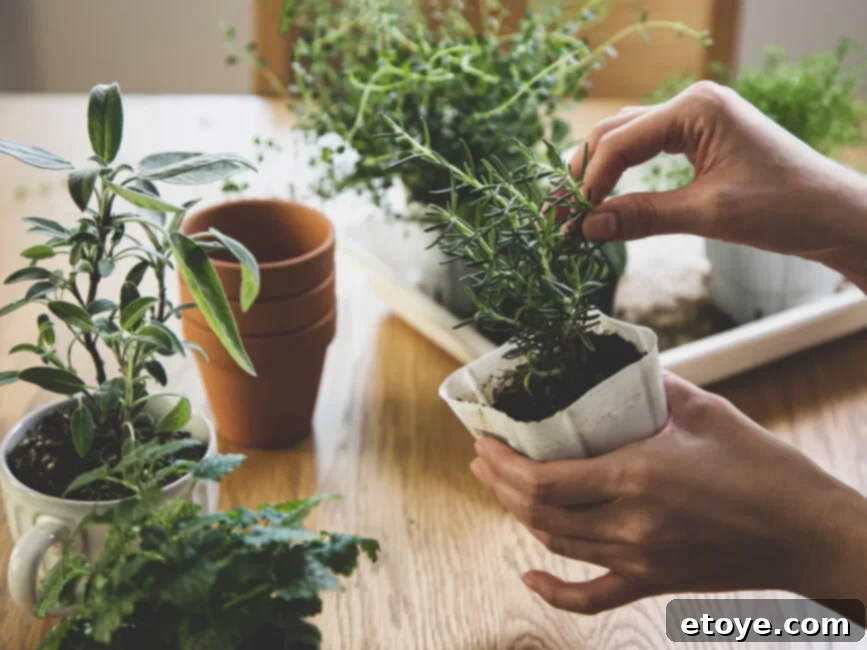
Additional Tips for Indoor Herb Garden Success:
- Start Small and Grow: Begin your indoor gardening journey with a manageable number of plants. This approach allows you to learn the specific needs of each herb and adapt your care routine as you gain experience. As your green thumb develops and confidence grows, you can gradually expand your garden, adding more variety and volume.
- Strategic Herb Grouping: To simplify care and enhance the overall health of your garden, group herbs with similar lighting, watering, and humidity requirements together. For example, Mediterranean herbs like rosemary and thyme prefer drier conditions, while basil and mint enjoy more moisture.
- Regular, Mindful Harvesting: Consistent harvesting is key to encouraging continuous new growth and preventing your herbs from “going to seed” prematurely. By regularly picking the outer leaves or trimming the tops, you stimulate the plant to produce more foliage, resulting in fuller, bushier, and more productive herbs.
- Timely Repotting: As your herbs mature, some may outgrow their initial pots and become “root-bound,” where roots circle tightly within the container. Periodically inspect the roots by gently lifting the plant. If you notice a dense root ball, it’s time to repot into a slightly larger container with fresh potting mix to maintain their vitality and vigorous growth.
Frequently Asked Questions About Indoor Herb Gardening
What are the best herbs to grow indoors for beginners?
For newcomers, excellent choices include basil, mint, parsley, cilantro, chives, oregano, and thyme. These herbs are relatively resilient, adapt well to indoor conditions, and are incredibly versatile for everyday cooking, ensuring you get great value from your efforts.
How can I ensure my indoor herbs receive enough light?
Herbs generally thrive on 6-8 hours of sunlight daily. Position them near a sunny south-facing window. For homes with less natural light or during shorter winter days, supplement with a full-spectrum LED grow light. These lights effectively mimic natural sunlight, ensuring your herbs get the energy they need.
What’s the ideal watering frequency for indoor herbs?
The most reliable method is to water when the top inch of the soil feels dry to the touch. This simple yet effective trick helps maintain consistent moisture without waterlogging, which is crucial for preventing root rot and promoting healthy root systems.
Do indoor herbs require fertilizer, and how often?
Fertilization needs vary significantly by herb type. Slow-growing woody herbs require very little, while fast-growing leafy herbs might benefit from a diluted feeding every few weeks during their active growth phase. Always do a quick research check for each specific herb. Plant care apps like Planta and Vera can be invaluable for tracking individual plant needs and alerting you when it’s time to fertilize.
What are effective natural methods for preventing pests on indoor herbs?
Prevention is key: maintain a clean growing area, ensure good air circulation, and inspect your plants regularly. At the first sign of pests, act quickly with natural remedies such as neem oil sprays, insecticidal soap, or simply wiping affected leaves with a damp cloth to protect your edible plants from chemical exposure.
Introducing The AeroGarden Harvest Herb Garden: Your Indoor Oasis
For those eager to dive into indoor gardening with minimal fuss, the AeroGarden Harvest Herb Garden offers an exceptional starting point. This compact, self-contained system is perfectly designed for small spaces, making it an ideal fit for a kitchen counter or a bright windowsill. It allows you to cultivate up to six different plants simultaneously, completely without soil, utilizing a sophisticated hydroponic approach. This makes it a perfect system for first-time growers who dream of adding fresh, vibrant herbs to their culinary creations but might feel intimidated by traditional gardening methods.
Beyond its space-saving design, the AeroGarden Harvest features a powerful 20W LED grow light. This advanced light system efficiently simulates natural sunlight, ensuring your herbs receive optimal illumination regardless of where you place the unit. It’s particularly beneficial for those living in apartments, homes with limited outdoor space, or regions experiencing harsh outdoor growing conditions. The convenience extends further as the kit includes everything you need to begin your gardening adventure immediately, from a selection of seed pods to nutrient solutions, eliminating the need for trips to your local garden center. It’s a truly all-in-one solution for effortless indoor herb cultivation.
Get Growing and Savor the Flavors!
We sincerely hope that these comprehensive tips inspire and empower you to embark on your own indoor herb gardening journey. With a little patience, consistent care, and the right approach, you can effortlessly transform any corner of your home into a lush, green haven. Imagine the delight of having fresh, aromatic herbs always within reach, ready to elevate your meals and brighten your living space. Do you have a favorite herb that you love to grow indoors, or a special dish where homegrown herbs make all the difference? We’d be thrilled to hear about your experiences! Please share your insights and preferred herbs in the comments below, along with your favorite recipes that showcase their fresh flavors.
